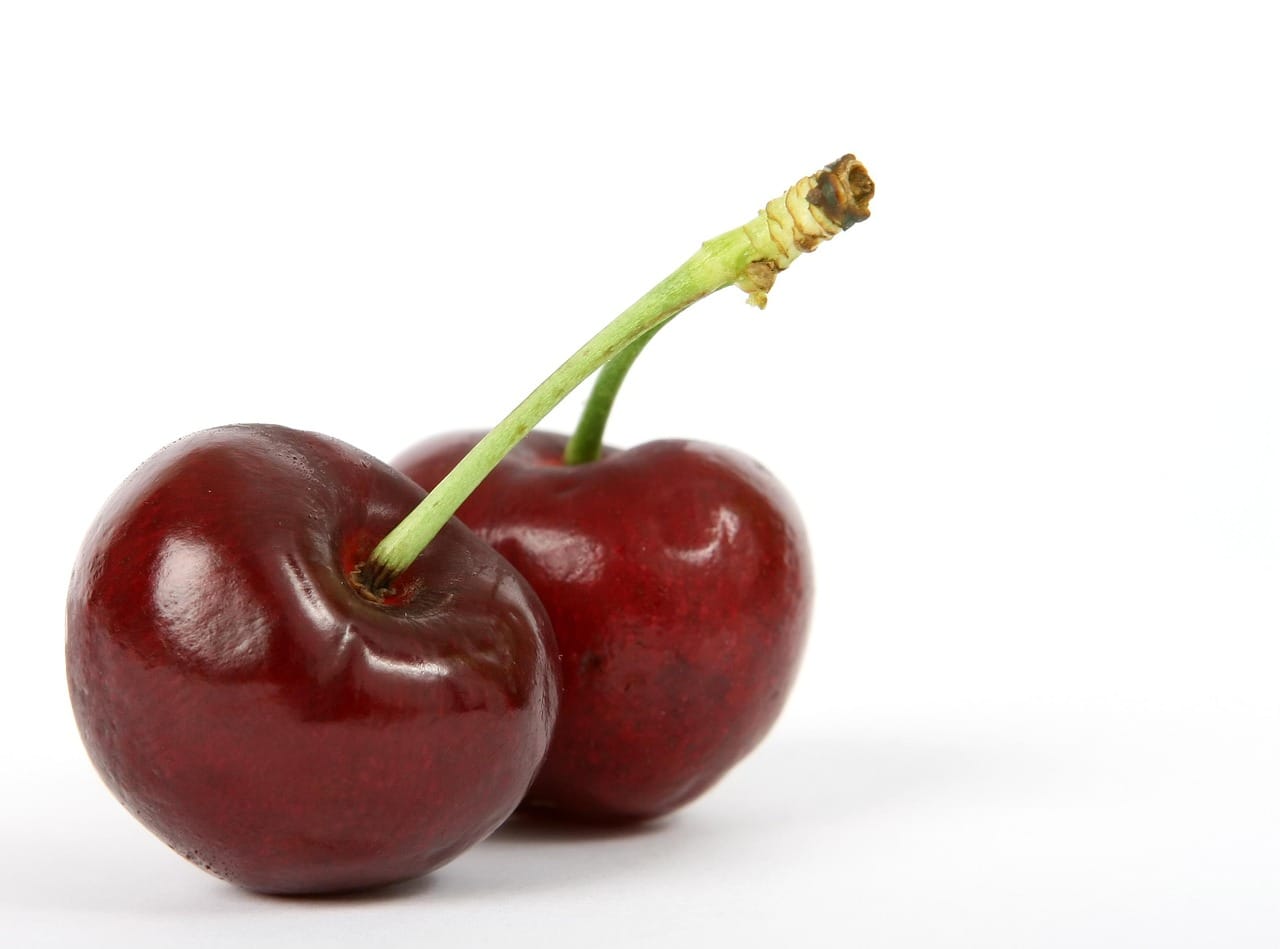The satisfying crack of a perfectly caramelized sugar crust giving way to a silky, vanilla-infused custard is a culinary experience unlike any other. Crème brûlée, meaning “burnt cream” in French, is a classic dessert that has captivated palates for centuries. More than just a sweet treat, it’s a testament to the elegance of simplicity, combining just a few key ingredients to create a symphony of textures and flavors. In this guide, we’ll delve into the history, preparation, variations, and secrets to mastering this iconic dessert.
The History and Origins of Crème Brûlée
A Contested Past
The true origin of crème brûlée is hotly debated, with France, England, and Spain all laying claim to its creation. While the exact timeline remains murky, the earliest known printed recipe appeared in François Massialot’s 1691 cookbook, “Cuisinier Royal et Bourgeois,” solidifying its association with French cuisine. Similar custard desserts existed prior to this, but Massialot’s recipe distinctly called for a caramelized sugar crust.
- French Claim: The most widely accepted origin, supported by early recipes and cultural association.
- English Claim: Cambridge burnt cream, a similar dessert served at Trinity College since the 14th century.
- Spanish Claim: Crema Catalana, a custard dessert flavored with citrus and cinnamon, also with a hardened sugar crust.
Regardless of its precise birthplace, crème brûlée has evolved into a beloved global dessert, transcending borders with its timeless appeal.
Evolution and Popularity
From its royal origins, crème brûlée gradually made its way into popular culture. Its rich flavor and elegant presentation made it a staple in fine dining restaurants, and its relatively simple recipe made it accessible for home cooks. Today, crème brûlée enjoys widespread popularity, inspiring countless variations and interpretations.
- Modern Interpretations: Chefs now experiment with flavors like lavender, pistachio, coffee, and even savory ingredients like foie gras.
- Restaurant Staple: Found on dessert menus worldwide, often prepared tableside with a blowtorch.
- Home Baking Favorite: With readily available recipes and tools, crème brûlée is a popular choice for special occasions.
Mastering the Basic Crème Brûlée Recipe
Essential Ingredients
The beauty of crème brûlée lies in its simplicity. You only need a handful of ingredients to create this decadent dessert.
- Heavy Cream: Forms the rich, creamy base of the custard. Use a high-fat content cream for the best texture.
- Egg Yolks: Provide richness, thickness, and structure to the custard.
- Sugar: Sweetens the custard and caramelizes to create the signature crust. Granulated sugar is typically used.
- Vanilla Extract: Infuses the custard with a classic, aromatic flavor. Use high-quality vanilla extract or a vanilla bean for optimal results.
- Pinch of Salt: Enhances the sweetness and balances the flavors.
Step-by-Step Instructions
Tips for Success
- Use High-Quality Ingredients: The quality of your ingredients will directly impact the flavor and texture of your crème brûlée.
- Don’t Overcook: Overcooked custard will be rubbery and unpleasant. Bake until the edges are set and the center is still slightly jiggly.
- Chill Thoroughly: Chilling the custards allows them to set properly and develop their flavor.
- Caramelize Just Before Serving: The caramelized sugar crust will soften over time, so it’s best to torch the sugar right before serving.
- Even Sugar Distribution: A thin, even layer of sugar is key to achieving a perfectly caramelized crust.
Variations and Flavor Combinations
Exploring Different Flavors
While classic vanilla crème brûlée is a timeless favorite, there’s no limit to the flavor combinations you can explore.
- Chocolate Crème Brûlée: Add melted chocolate or cocoa powder to the custard mixture for a rich, decadent treat.
- Coffee Crème Brûlée: Infuse the cream with coffee beans or add instant espresso powder to the custard.
- Citrus Crème Brûlée: Zest oranges, lemons, or limes into the cream for a bright and refreshing flavor.
- Lavender Crème Brûlée: Steep dried lavender buds in the cream for a floral and aromatic twist.
- Pistachio Crème Brûlée: Add ground pistachios or pistachio paste to the custard for a nutty and vibrant flavor.
Savory Crème Brûlée
For a unique and unexpected twist, try a savory crème brûlée. These variations can be served as appetizers or starters.
- Foie Gras Crème Brûlée: Incorporate foie gras into the custard for a luxurious and decadent flavor.
- Mushroom Crème Brûlée: Add sautéed mushrooms and herbs to the custard for an earthy and savory treat.
- Cheese Crème Brûlée: Use a blend of cheeses, such as Gruyere and Parmesan, to create a rich and flavorful custard.
Troubleshooting Common Crème Brûlée Problems
Common Issues and Solutions
Even with a seemingly simple recipe, crème brûlée can sometimes present challenges. Here are some common issues and how to fix them.
- Custard is Curdled: This usually happens when the egg yolks are overcooked. Make sure to temper the egg yolks slowly and bake the custards in a water bath.
- Custard is Too Runny: This could be due to underbaking or using too much liquid. Bake the custards until they are set around the edges but still slightly jiggly in the center.
- Sugar Crust is Burnt: This can happen if the torch is held too close to the sugar or if the broiler is too hot. Keep the torch moving and watch the custards carefully when broiling.
- Sugar Crust is Not Hard Enough: This could be due to not using enough sugar or not caramelizing it long enough. Sprinkle a thin, even layer of sugar and caramelize until it’s a deep golden brown.
- Cracks in the Custard: This is usually caused by baking the custards at too high of a temperature or without a water bath. Ensure the oven temperature is correct and always use a water bath.
Conclusion
Crème brûlée, with its contrasting textures and rich flavors, remains a timeless dessert for a reason. Whether you stick to the classic vanilla recipe or experiment with creative variations, mastering this elegant treat is a rewarding culinary achievement. By understanding the science behind the ingredients and following these tips, you can confidently create a perfect crème brûlée that will impress your guests and satisfy your sweet tooth. So, gather your ingredients, preheat your oven, and prepare to embark on a delicious journey into the world of crème brûlée.




